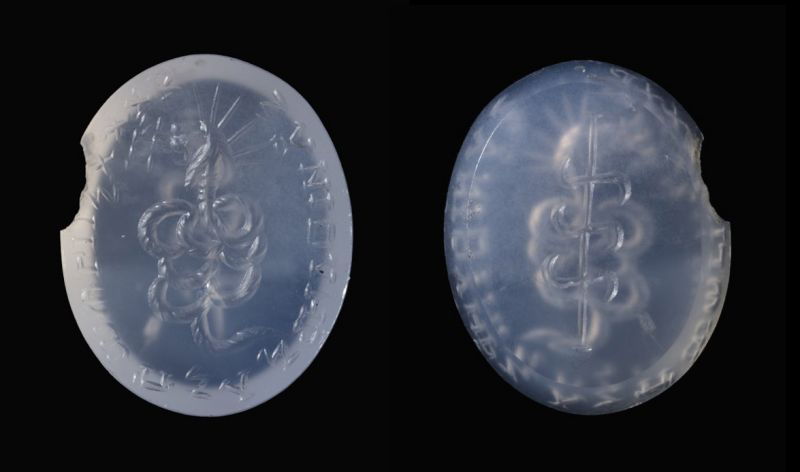In his Ancient Freemasonry, Frank C. Higgins reproduces the Masonic apron of a colossal stone figure at Quirigua, Guatemala. The central ornament of the apron is the three Passion nails, arranged exactly like the British broad arrow. That three nails should be used to crucify the Christ, three murderers to kill CHiram Abiff, and three wounds to slay Prince Coh, the Mexican Indian Osiris, is significant.
C. W. King, in his Gnostics and Their Remains, thus describes a Gnostic gem: “The Gnostic Pleroma, or combination of all the Æons [is] expressed by the outline of a man holding a scroll * * *. The left hand is formed like three bent spikes or nails; unmistakably the same symbol that Belus often holds in his extended hand on the Babylonian cylinders, afterwards discovered by the Jewish Cabalists in the points of the letter Shin, and by the mediæval mystics in o the Three Nails of the Cross.” From this point Hargrave Jennings continues King’s speculations, noting the resemblance of the nail to an obelisk, or pillar, and that the Qabbalistic value of the Hebrew letter Shin, or Sin, is 300, namely, 100 for each spike.
The Passion nails are highly important symbols, especially when it is realized that, according to the esoteric systems of culture, there are certain secret centers of force in the palms of the hands and in the soles of the feet.
The driving of the nails and the flow of blood and water from the wounds were symbolic of certain secret philosophic practices of the Temple. Many of the Oriental deities have mysterious symbols on the hands and feet. The so-called footprints of Buddha are usually embellished with a magnificent sunburst at the point where the nail pierced the foot of Christ.
In his notes on the theology of Jakob Böhme, Dr. Franz Hartmann thus sums up the mystic symbolism of the crucifixion: “The cross represents terrestrial life, and the crown of thorns the sufferings of the soul within the elementary body, but also the victory of the spirit over the elements of darkness. The body is naked, to indicate that the candidate for immortality must divest himself of all desires for terrestrial things. The figure is nailed to the cross, which symbolizes the death and surrender of the self-will, and that it should not attempt to accomplish anything by its own power, but merely serve as an instrument wherein the Divine will is executed. Above the head are inscribed the letters: I. N. R. J. whose most important meaning is: In Nobis Regnat Jesus (Within ourselves reigns Jesus). But this signification of this inscription can be practically known only to those who have actually died relatively to the world of desires, and risen above the temptation for personal existence; or, to express it in other words, those who have become alive in Christ, and in whom thus the kingdom of Jesus (the holy love-will issuing from the heart of God) has been established.” One of the most interesting interpretations of the crucifixion allegory is that which identifies the man Jesus with the personal consciousness of the individual. It is this personal consciousness that conceives of and dwells in the sense of separateness, and before the aspiring soul can be reunited with the ever-present and all-pervading Father this personality must be sacrificed that the Universal Consciousness may be liberated.
THE CRUCIFIXION OF QUETZALCOATL. (From the Codex Borgianus.)
From Kingsborough’s Antiquities of Mexico. Lord Kingsborough writes: “May we not refer to the seventy-third page of the Borgian MS., which represents Quexalcoatl both crucified, and as it were cut in pieces for the cauldron, and with equal reason demand, whether anyone can help thinking that the Jews of the New World (Lord Kingsborough sought to prove that the Mexicans were descendants of the Jews] applied to their Messiah not only all the prophecies contained in the Old Testament relating to Christ, but likewise many of the incidents recorded of him in the Gospels.”
THE CRUCIFIXION IN SPACE.
From Higgins’ Anacalypsis. Of this remarkable Oriental drawing, J. P. Lundy has written:—-It looks like a Christian crucifix in many respects, and in some others it does not. The drawing, attitude, and the nail-marks in hands and feet, indicate a Christian origin; while the Parthian coronet of seven points, the absence of the wood and of the usual inscription, and the rays of glory above seem to point to some Christian origin. Can it be the Victim, Man, or the Priest and Victim both in one, of the Hindu mythology, who offered himself a sacrifice before the worlds were?”

Moe is the founder of GnosticWarrior.com. He is a father, husband, author, martial arts black belt, and an expert in Gnosticism, the occult, and esotericism.

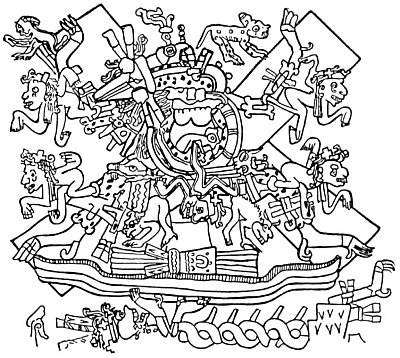
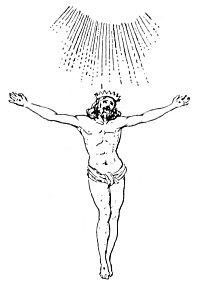
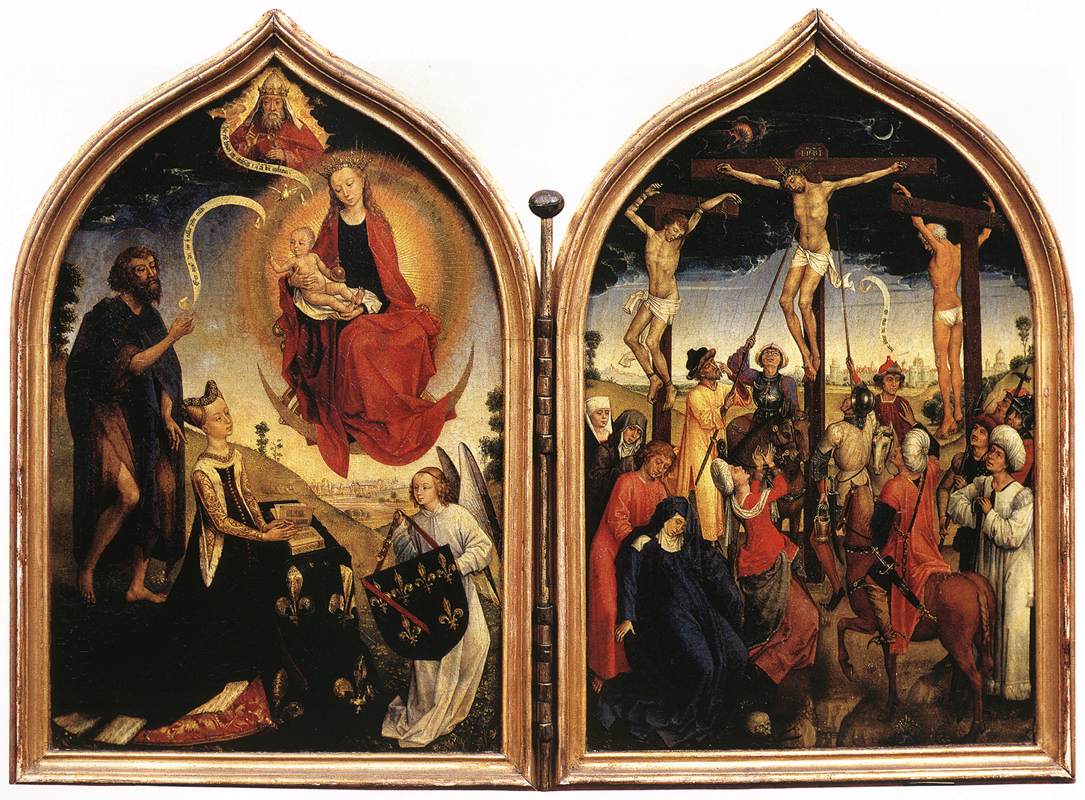
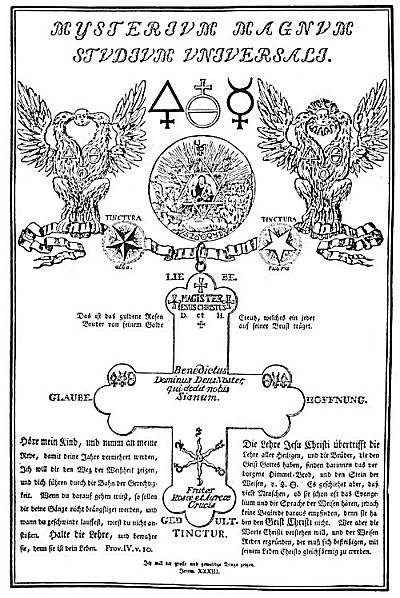
![How, among innumerable other miracles of healing wrought by the wood of the cross, which King Oswald, being ready to engage against the barbarians, erected, a certain man had his injured arm healed [634 A.D.] | Book 3 | Chapter 2 How, among innumerable other miracles of healing wrought by the wood of the cross, which King Oswald, being ready to engage against the barbarians, erected, a certain man had his injured arm healed [634 A.D.] | Book 3 | Chapter 2](https://www.gnosticwarrior.com/wp-content/plugins/contextual-related-posts/default.png)
